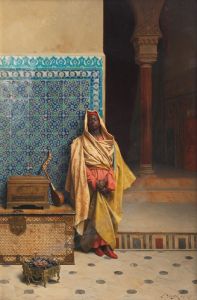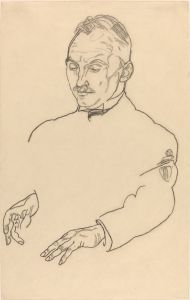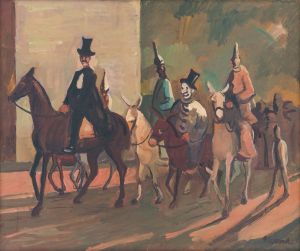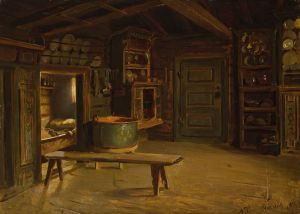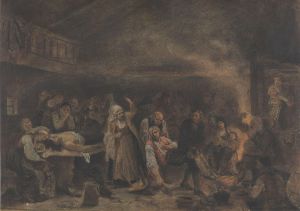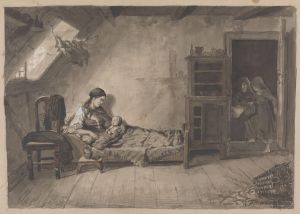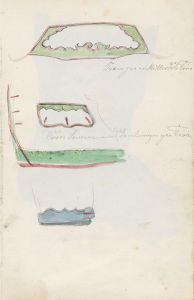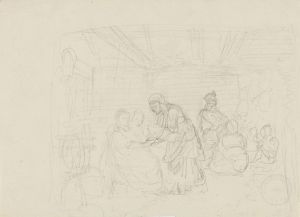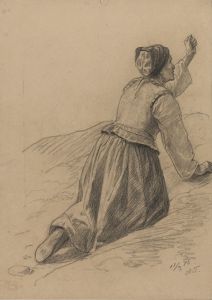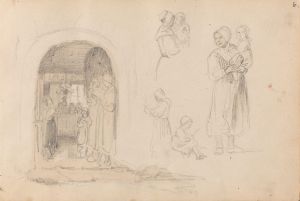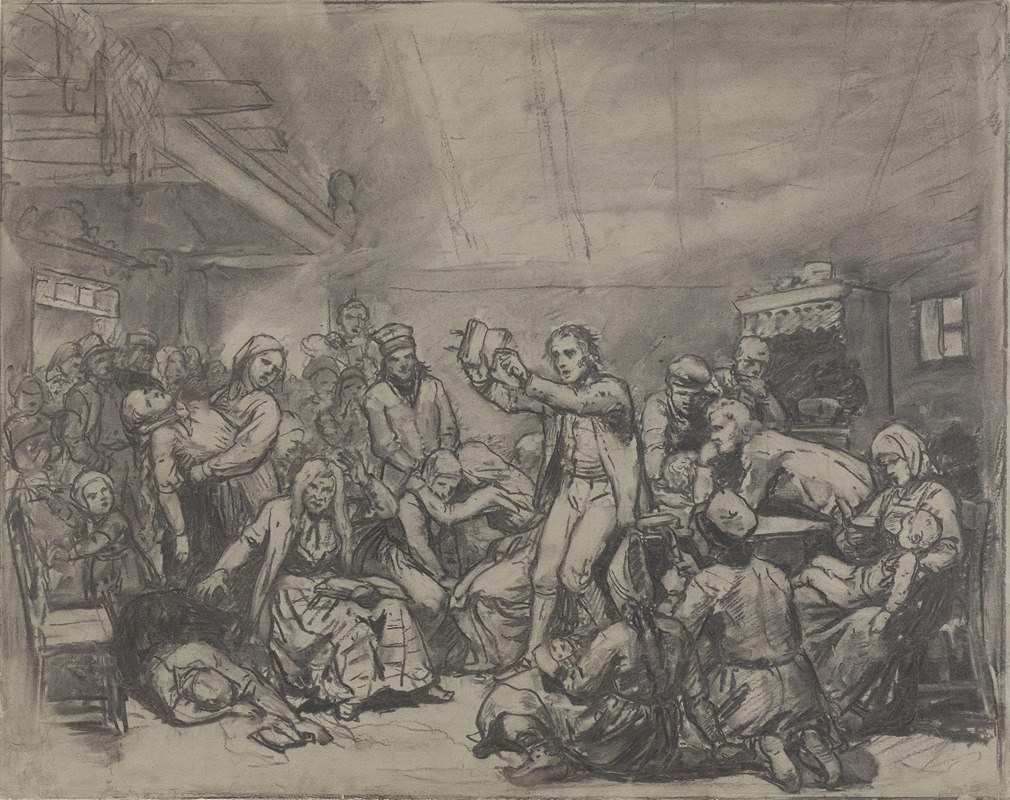
Fanatikere
A hand-painted replica of Adolph Tidemand’s masterpiece Fanatikere, meticulously crafted by professional artists to capture the true essence of the original. Each piece is created with museum-quality canvas and rare mineral pigments, carefully painted by experienced artists with delicate brushstrokes and rich, layered colors to perfectly recreate the texture of the original artwork. Unlike machine-printed reproductions, this hand-painted version brings the painting to life, infused with the artist’s emotions and skill in every stroke. Whether for personal collection or home decoration, it instantly elevates the artistic atmosphere of any space.
Adolph Tidemand was a prominent Norwegian painter in the 19th century, renowned for his detailed and evocative depictions of Norwegian folk life and traditions. One of his notable works is "Fanatikere," which translates to "The Fanatics" in English. This painting is a significant example of Tidemand's focus on capturing the cultural and social aspects of Norway during his time.
"Fanatikere" was completed in 1852, during a period when Tidemand was deeply engaged in exploring themes related to religious fervor and the impact of religious movements on Norwegian society. The painting reflects Tidemand's interest in the Haugean movement, a pietistic revival movement within the Lutheran Church of Norway, which was founded by lay preacher Hans Nielsen Hauge in the late 18th century. This movement emphasized personal faith, piety, and a direct relationship with God, often in contrast to the established church's formalism.
In "Fanatikere," Tidemand portrays a group of individuals deeply engrossed in a religious gathering. The composition is marked by its dramatic use of light and shadow, which highlights the intense expressions and fervent gestures of the figures. The painting captures the emotional intensity and spiritual zeal of the participants, reflecting the passionate nature of the Haugean meetings. Tidemand's attention to detail is evident in the varied expressions and postures of the individuals, each seemingly caught in a moment of personal revelation or spiritual ecstasy.
The setting of the painting is a modest, dimly lit room, which adds to the intimate and intense atmosphere of the scene. Tidemand's use of chiaroscuro—a technique that contrasts light and dark—serves to focus the viewer's attention on the central figures, emphasizing their spiritual fervor. This technique also enhances the emotional impact of the painting, drawing the viewer into the intense religious experience depicted.
"Fanatikere" is an important work within Tidemand's oeuvre as it not only showcases his technical skill and attention to detail but also his ability to convey complex social and cultural themes. Through this painting, Tidemand provides insight into the religious dynamics of 19th-century Norway, highlighting the tension between established religious practices and emerging movements that sought a more personal and direct experience of faith.
Adolph Tidemand's work, including "Fanatikere," played a crucial role in documenting and interpreting Norwegian cultural history. His paintings are celebrated for their ethnographic accuracy and their ability to capture the spirit of the Norwegian people during a time of significant social and cultural change. "Fanatikere" remains a valuable piece of art for its historical context and its artistic merit, offering a window into the fervent religious life of Norway in the 1800s.





